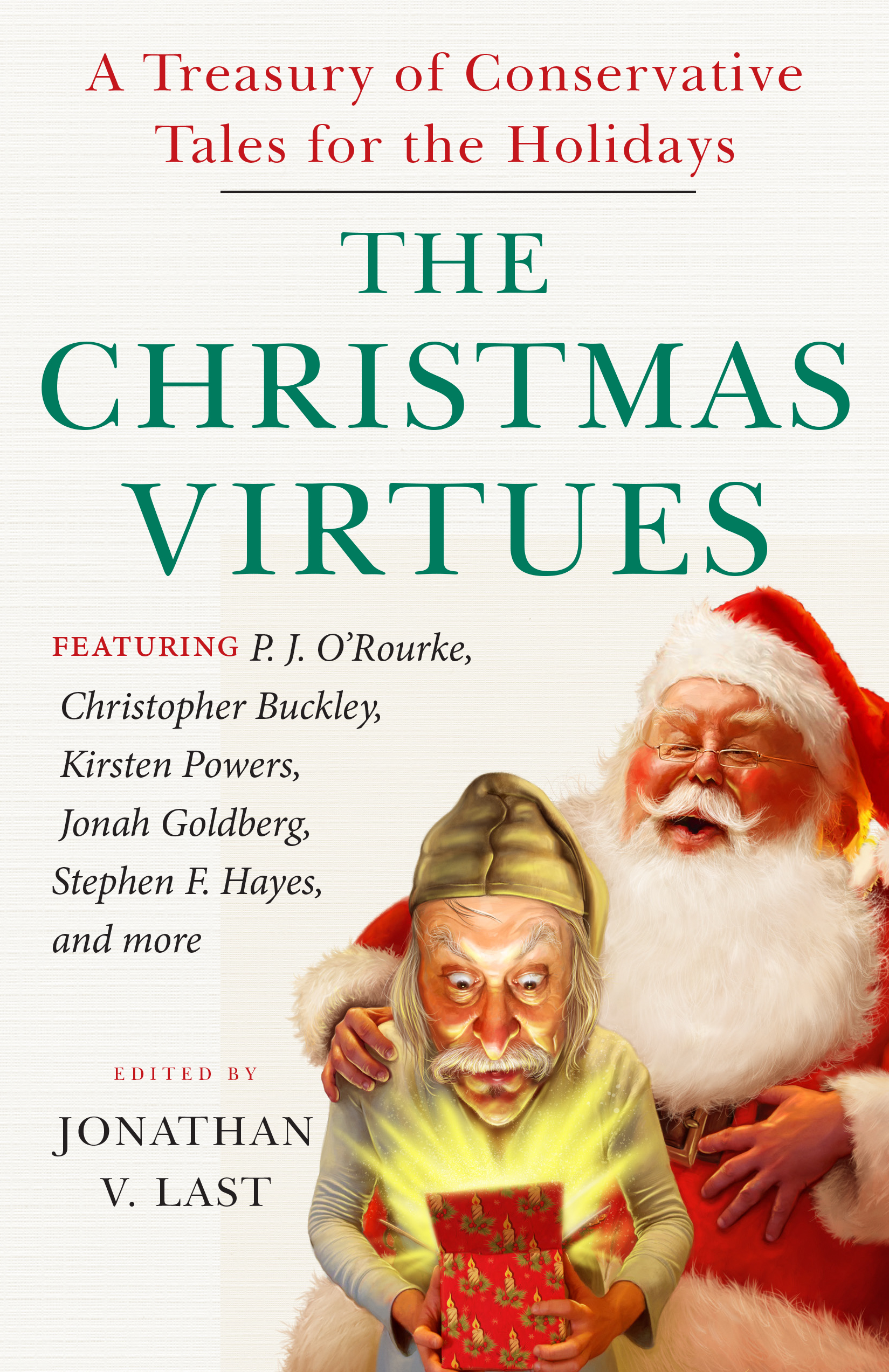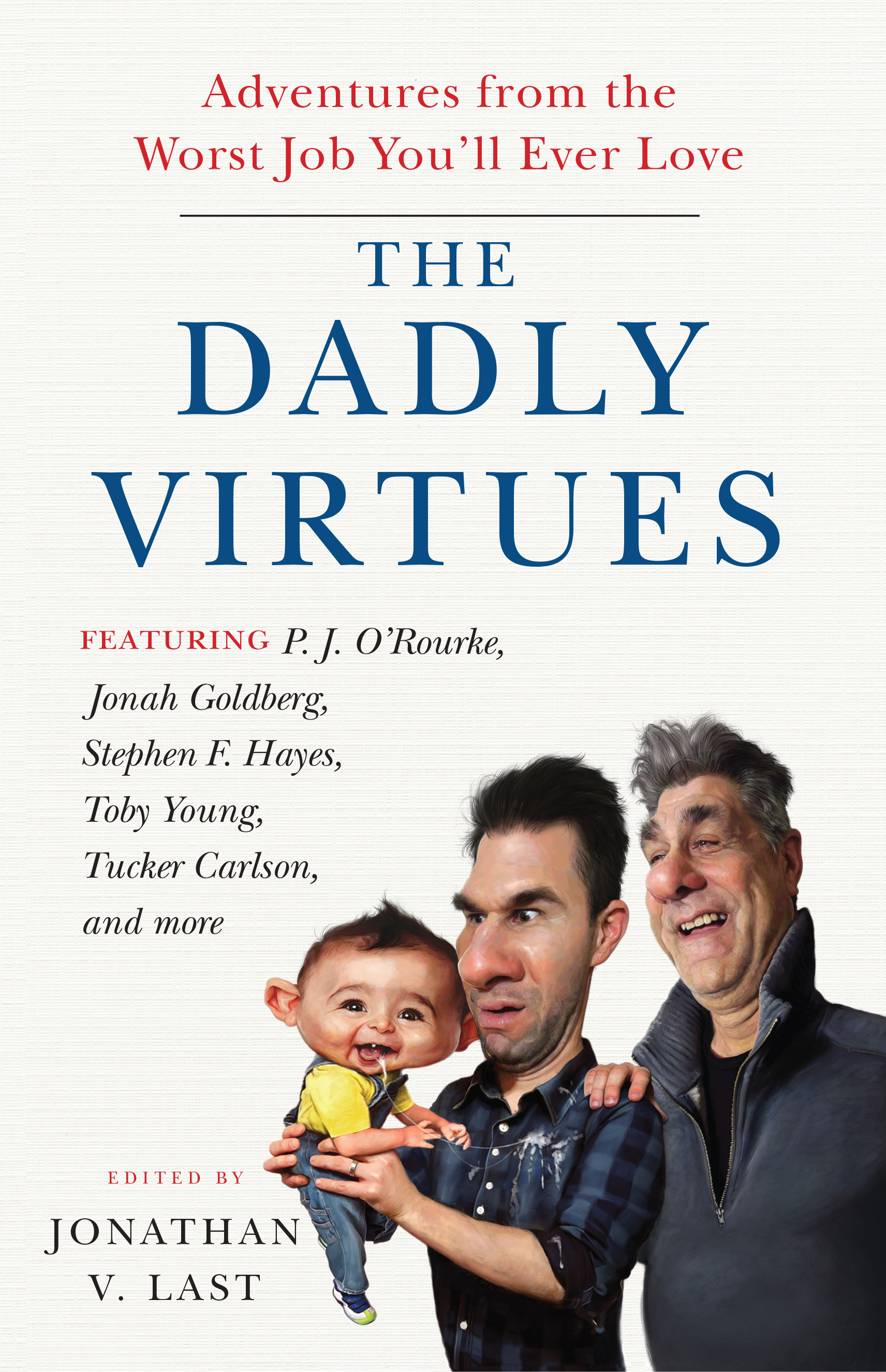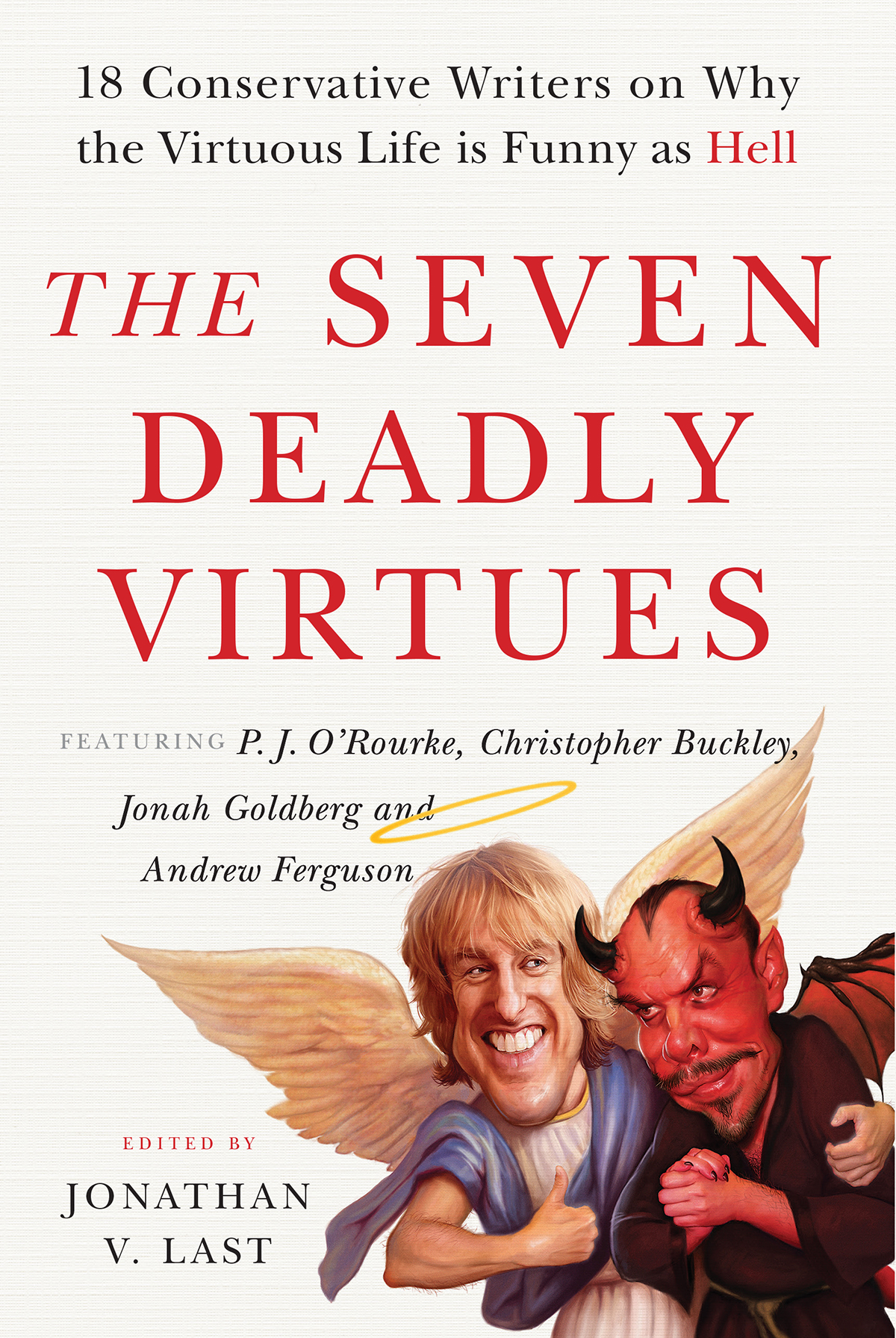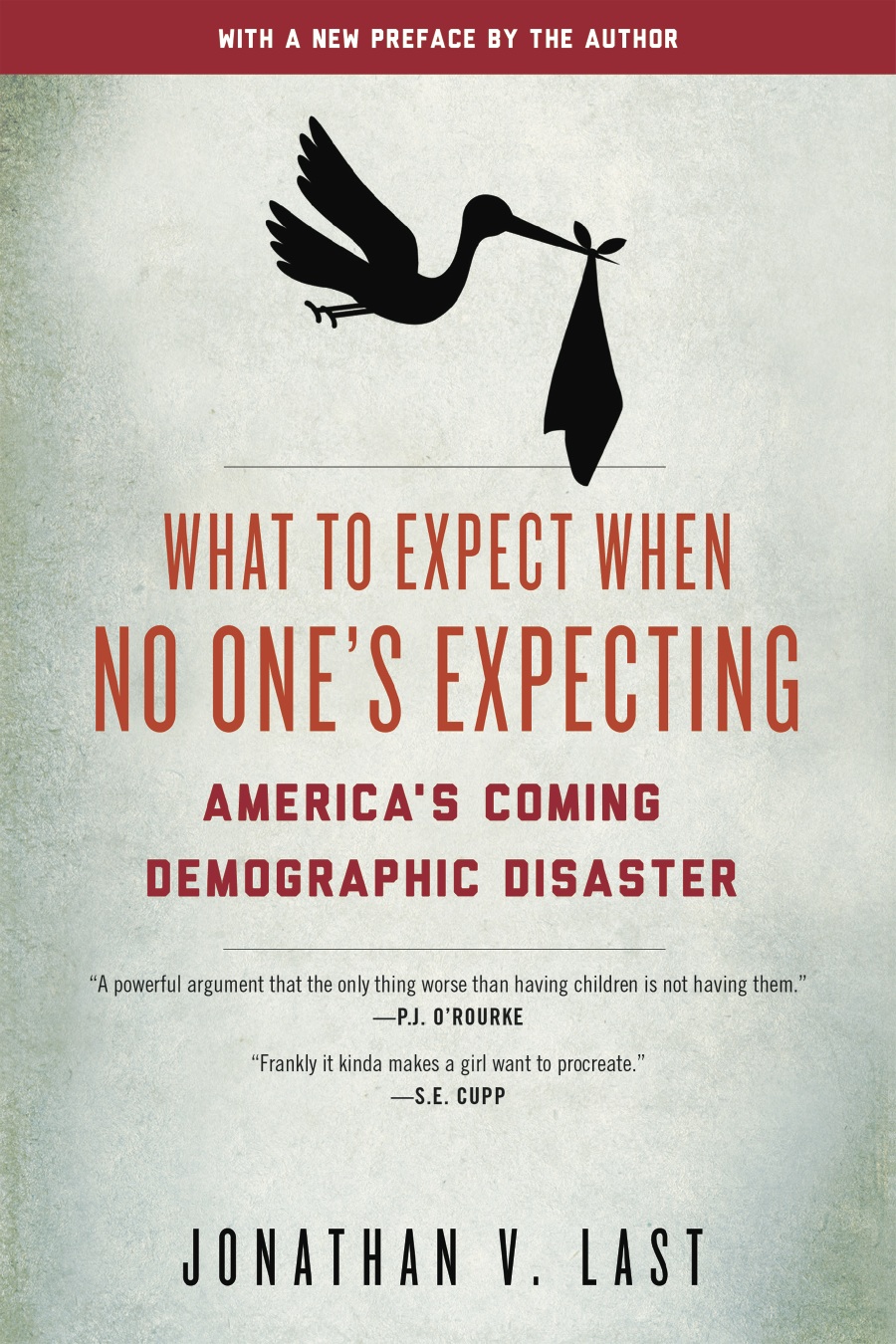February 7th, 2012
Here’s Matthew Yglesias with a quick history of American news media:
The Grand Old Days of American journalism were characterized first and foremost by severely curtailed competition. There were three television networks, and outside of New York each city had basically one newspaper.
At first I thought this couldn’t be serious. I understand that the days when there were only three broadcast networks are before Yglesias’s time–but it isn’t exactly ancient history. There are lots of people who were around then. Some of them even work at Slate. You would think that, if he couldn’t be bothered to research the period, Yglesias might have queried one of them.
For instance, when I was a kid growing up outside Philadelphia, we had: the Philadelphia Inquirer, the Daily News, the Philadelphia Evening Bulletin, and the Philadelphia Journal. That is, in addition to the two local dailies, the Gloucester County Times and the Courier-Post.
Without thinking too hard, Boston had the Herald and the Globe (that’s off the top of my head, they may have had more); Seattle had the Seattle Times, the News-Tribune, and the Post Intelligencer; St. Louis had the Globe-Democrat and the Post-Dispatch.
You get the idea. Back in the Grand Old Days most cities had at least two newspapers. (And that’s just counting the major papers–there were tons of smaller ethnic and alternative papers.) I know it’s hard to believe, but once upon a time the major American cities actually had morning and afternoon newspapers. And many of these cities had papers competing even within those time slots!
I know. It sounds crazy. And really, who can be expected to know about stuff that happened way back in the age of rotary dials. I don’t blame Yglesias. It would have taken him 30, maybe even 45 minutes of research to find this out because since most of these papers disappeared before the digital age it’s hard to find them mentioned on the internet.
And really, you can’t blame a journalist for not knowing something if it isn’t in Wikipedia or on Google’s first three results pages. I mean what–do you want journalists to have to read books just so they understand stupid details about what the world was like before iPhones and Twitter?
And I’m sure that from here on out Yglesias will be more careful when spouting off on topics about which he knows very little.
Update: In the comments, Galley Reader JSG asks an interesting question: Is Yglesias’ contention that most cities once had only a single newspaper true for any major American city? Maybe someone with a Twitter account can ask him to provide an example.
-
Part of me dismisses that out of hand as an affected flip statement from a guy trying so hard to appear cool/detached about the mere real world (like Ezra Klein’s crack about the Constitution being 100 years old and confusing, another transparently phony remark). However this level of feigned-ignorant bluster would be ridiculed even by teenagers. What about the Evening Star, right in his home base? Or the Washington Times, either 19th or 20th century version for preference? Not that Yglesias really gives a damn but all those papers were just a wee bit partisan which did seem “to make a lot of sense as a business strategy”
-
Here’s my guess: Yglesias recently moved from general purpose blogging for the Center for American Progress to writing a “Moneybox” business / finance / economics column for Slate. I presume that business journalism pays a little bit better than policy journalism, so I think that’s a smart career move. Moreover, it ought to allow him to someday move home to New York, the business capital. He grew up in Greenwich Village, and living in D.C. clearly leaves him homesick for New York, which motivates a lot of his old anti-car postings. (Plus, he was the victim of a racial hate crime in D.C. last May, which is no fun at all.) I’m a big believer that the best cure for homesickness is to go home.
The problem is that he knows almost nothing about business at present, so he’s made a lot of obvious mistakes like this. For example, he had a recent column about how novel was Facebook’s IPO plan to have voting and nonvoting shares to preserve Mark Zuckerberg’s control. But that’s what Ford did in 1956, that’s how the NYT is set up, and so forth. But he’s a smart guy and will probably learn about business quickly enough.
-
yu 20-cent folk dont get it, yalz. ygles’ column is all about lurnin’ ‘n’ spellin on the job-curve in a complex wurld; where simplifying simplistic retred observatories by simpletons can seem nuancally fresh and erth-Shatnering to thuh nyts or noddin-fete-yokes at wa-po (like hiz new-generation hero Forest G), when posed by an entitled richie raised and promoted to think he thinks by parroting wut he’s been taught by other entitled gentry in simple, formiliar ways – like a cold-filtered mash-up by dj earworm, yo.
Itz his specially uneekwa lotto-place in the newish ‘conomy, son. Just gotta be right-sowndin’, or sorta seemin’, to get “it” ’bout 1 outuh every hundo omo orso.
Where else we gunna get our new flatterin’ EJ’ D-O’s and well-bred, reassuring Krug slugs if not from the ingratiating sackey-hacks of the the vetted streets of G-wich cococoon? Jersey? Pocononos? I think not, my good sir. -
The third Boston newspaper, at least back in the late 1960’s, was the Record-American, a tabloid whose first edition usually was on the streets at about 12:05AM. It aimed at a different readership than the Globe or the Herald, as I recall…
-
[…] V. Last takes Matt Yglesias, the self-described “liberal Matt Continetti,” to task for his idiotic […]
-
[…] think that Jonathan Last is misunderstanding Matthew Yglesias’ interests, here (the short version: the latter seems to […]
-
In Phoenix, the Arizona Republic and Phoenix Gazette battled until they merged (and continued to put out both papers, one in the morning and one in the afternoon) in 1931.
The Scottsdale Progress from major suburb Scottsdale was the lefter counterpoint for a while. Then the Phoenix New Times arose and keeps going.
That’s the story from major city Phoenix, AZ. The question is, does Yglesias’s assertion hold up for any major city?
-
So I’m reading all these responses, and I see the challenge to Yglesias is to name any major city with limited newspaper outlets. Fine, but gheesh – the guys assertion doesn’t even hold up for small towns. So, can he name ANY town, small included, where his assertion holds up?
I grew up in Murphy Texas, a small town. How small? When we were playing in the yard, we’s stop and watch the car – note singular – go by. The nearest big town was Plano TX, population 2000. Our newspapers? We had the Dallas Morning News, the Fort Worth Star Telegram, the Plano local paper (forgot it’s name); AND, for world news, we had the Daily Telegraph every day of the week. We also had the many church bulletins in our area, through which, we learned of deaths, celebrations, and other news-worthy items.
So there.
-
You people are putting too many good intentions into your thought process. Leftists are never concerned with facts when they get in the way of the narrative.
-
I’m beginning to wonder if the Trivial Pursuit games that Yglesias and Klein and other juiceboxers play are the pop-culture editions, or perhaps the 90s and 2000s editions, and not the standard genus editions.
-
When I first came to Atlanta, there were two newspapers: The Atlanta Journal and The Atlanta Constitution. They eventually consolidated into the The Atlanta Journal-Constitution, and the newspaper quickly turned into a leftist fish-wrapper.
Only recently, facing rapidly declining circulation, has the newspaper decided to try presenting actual news. Predictably this has the Atlanta hipster community ranting about hoi polloi.
-
Cleveland, 50 years ago- Cleveland Plain Dealer, Cleveland Press, local (to me) Painesville Telegraph, Willoughby News-Herald, and several others. One local
radio station, WPVL. -
I’ll go one better. Cities weren’t the only places where that had more than one newspaper. My rural-suburban area of Maryland had two weekly newspapers throughout most of my childhood: The Maryland Independent and the Times-Crescent.
Baltimore, a city that’s not New York, also had two daily papers until the mid-80s: the Baltimore Sun and the Baltimore News American.
-
Yeah, the San Francisco Bay Area of my youth had the Chronicle (am), the Examiner (pm), the Marin Independent-Journal,and the Oakland Tribune.
-
And it’s not just newspapers. I grew up in LA watching the big three; roller derby, pro wrestling and destruction derby on independant KTLA in the 50’s. I’m guessing plenty of cities had independant stations all through the history of TV. In any case it’s clear to me that the lack of the big three was THE cause of the networks downfall.
-
Yes, in L.A. in 1969, there were channels 2 (CBS), 4 (NBC), 5, 7 (ABC), 9, 11, 13, and 28 (PBS), plus some random low budget UHFs.
-
See ya at 10:00. See ya then.
-
I just find it humorous that Slate’s “business and economics correspondent” has no experience or background – either practical or academic – in either business or economics, and in fact has never even had a real job outside of blogging.
-
Not surprised that Yglesias didn’t do his research before handing in this “column”. Remember when he wrote this paragraph in a blog post about X-Men action figures being classified as “non-human toys” to avoid a steep tariff on imported dolls?
‘But “dolls” (which are representations of people) face a higher import duty than “toys” (which are representations of non-humans), so it’s in the interests of Marvel to argue that X-Men action figures should be taxed at the low non-tarrif(sic) rate’
http://www.slate.com/blogs/moneybox/2011/12/29/are_mutants_human.html
Between the misspelling (which Firefox can catch) and a grammatical error (“a unilateral acts of congress”) you have to wonder if you can trust the wisdom of a guy who can’t be bothered to push F7 before pushing the Submit button. And yes, those typos are still present today, and the post was published last December.
-
Hey Jonathan in your mention of Seattle papers The News Tribune is the Tacoma paper. Please don’t associate us with those tree hugging, coffee sipping, pseudo anarchists. We work for a living down here.
-
My daughter lives in Milton and yes, it’s like a different Country than Seattle. Go Tacoma!
-
Even non-major cities had multiple newspapers until quite recently.
The Albuquerque Tribune (which created the Scripps-Howard “lighthouse” logo, by the way) ceased publishing in 2008, which is actually after Twitter began. Its website is still available at abqtrib.com, in fact.
-
Baltimore had both the Sun and the now-defunct News-American. I’m Klein’s age and even I knew that – my mother delivered papers for the News-American as a newlywed and still has their refrigerator magnet in her kitchen.
-
As a former delivery boy for the Gloucester County Times, I say: Fie on the Courier-Post!
-
Heck, even Scranton, Pa., managed to keep two papers going until they merged in the ancient times of…2005.
-
Same with Riverside, California. When I was a kid growing up there, I can remember the city’s hitting 100,000 in population. Even before then, it had a morning paper (The Enterprise) and an evening paper (The Press). They were merged in 1983.
Now I live in Columbus, where The Citizen Journal folded in 1985, leaving The Dispatch as the only paper in town. Does Akron count as a major city? It’s the only city I’ve been able to find that meets Yglesias’s description. The Beacon Journal was created by a merger of two rivals in 1897 and has been the city’s only daily ever since.
-
[…] never did understand why anyone took such an obvious dolt as Matthew Yglesias seriously. Might as well concede that his fellow Juice Box Mafia consigliere […]
-
I really don’t get all the hate on Yglesias for this.
Even if we can think of examples of cities that still or recently had two newspapers, the general thrust of his argument is perfectly consistent with the scholarship on this issue (eg, Michael Schudson, Paul Starr, Gentzkow and Shapiro). That is, for most of the 20th century there was a long-run decline in the number of newspapers and almost all American dailies (especially broadsheets) targeted the median reader by presenting themselves as “objective.” This is unusual and you find media outlets competing on ideological niche differentiation in most other times and places (eg, most European countries, US before about 1900, US after about 2000, etc). That’s basically what Yglesias said and that’s basically correct.
-
“I really don’t get all the hate on Yglesias for this.”
I guess hating on Yglasius just gets to have a life of its own. Since he is so totally wrong so much of the time it just becomes habitual to ridicule him. Even when something he says can be defended in the whole there is just too much momentum to allow for fairness. But then he kind of asks for it being about as predictable as it gets. In any event, hate as a dictionary definition has a lot to recommend it.
-
San Antonio had the San Antonio Express, the (imaginatively named) San Antonio News, and the San Antonio Light. 3 newspapers! The Express and the News merged to become … the San Antonio Express News. And the Light later went out of business. But Yglesias can be forgiven for not knowing that there were two papers because the Light went out of business so long ago. Like, 1993.
Dallas had the Dallas Morning News, and the Dallas Times Herald. But again, the Times Herald went out of business so long ago that it can’t really be relevant. Like, 1991.
Austin is a much smaller city. Its main newspaper — the Austin American-Statesman — is currently ranked about 60th in the nation in circulation. Yeah, the hyphenated name kind of gives it away, doesn’t it? It was formed by the combination of the Austin American and the Austin Statesman. But that happened a really long time ago: 1973.
I mean, Apple wasn’t even a company in 1973. And to “business reporters” like Yglesias, nothing that happened before Apple could possibly matter.
-
Minnesota’s Twin Cities had:
Minneapolis Star
Minneapolis Tribune
(Now Consolidated)St. Paul Pioneer
St. Paul Press
St. Paul Dispatch
(Now colsolidatedAll WAY out here in Fly-Over Country. But Only New York had two papers? MY those East Coasties are a Parochial lot.
-
Oh, on an unrelated note, I take back everything I said about Matt’s devil-may-care blogging ethos:
http://www.nationalreview.com/phi-beta-cons/291078/harvard-and-asians-robert-verbruggen
-
[…] Post Company isn’t paying him for reading comprehension. (Or reporting. Or prose style. Or knowing stuff.) They pay him for his […]
-
[…] Ross Douthat is engaging Matt Yglesias on questions of demographics. Yglesias often seems to know next to nothing about the topics he writes about. But I don’t really read him, so maybe Yglesias […]
-
[…] is without its faults, but the Internet is already full of exhaustive lists and takedowns of his peculiar arguments. For our purposes, we’ll only be focusing on his ongoing abuse of the English […]
-
Just a thought, but he says “basically” one newspaper… is it that hard to consider that he could be referring to the fact that the lack of competition in most cities caused the majority of readership to flock to one newspaper? That is how I would interpret it.
-
[…] (most of them were farmed from Slate). Check out some of the fluff (here, there, some more, everywhere) Matt Yglesias and Ezra Klein have written (a lot of the take-down pieces are from super […]







Dubya February 7, 2012 at 9:41 pm
This isn’t that hard. The history of newspapers can be found in their names. The Chattanooga Times and Chattanooga Free Press are now one paper. Ditto for the Atlanta Journal and Atlanta Constitution. Or other recently deceased second papers: Rocky Mountain News, Nashville Banner, Washington Star. It doesn’t take a journalism degree to think for more than 5 seconds about this.